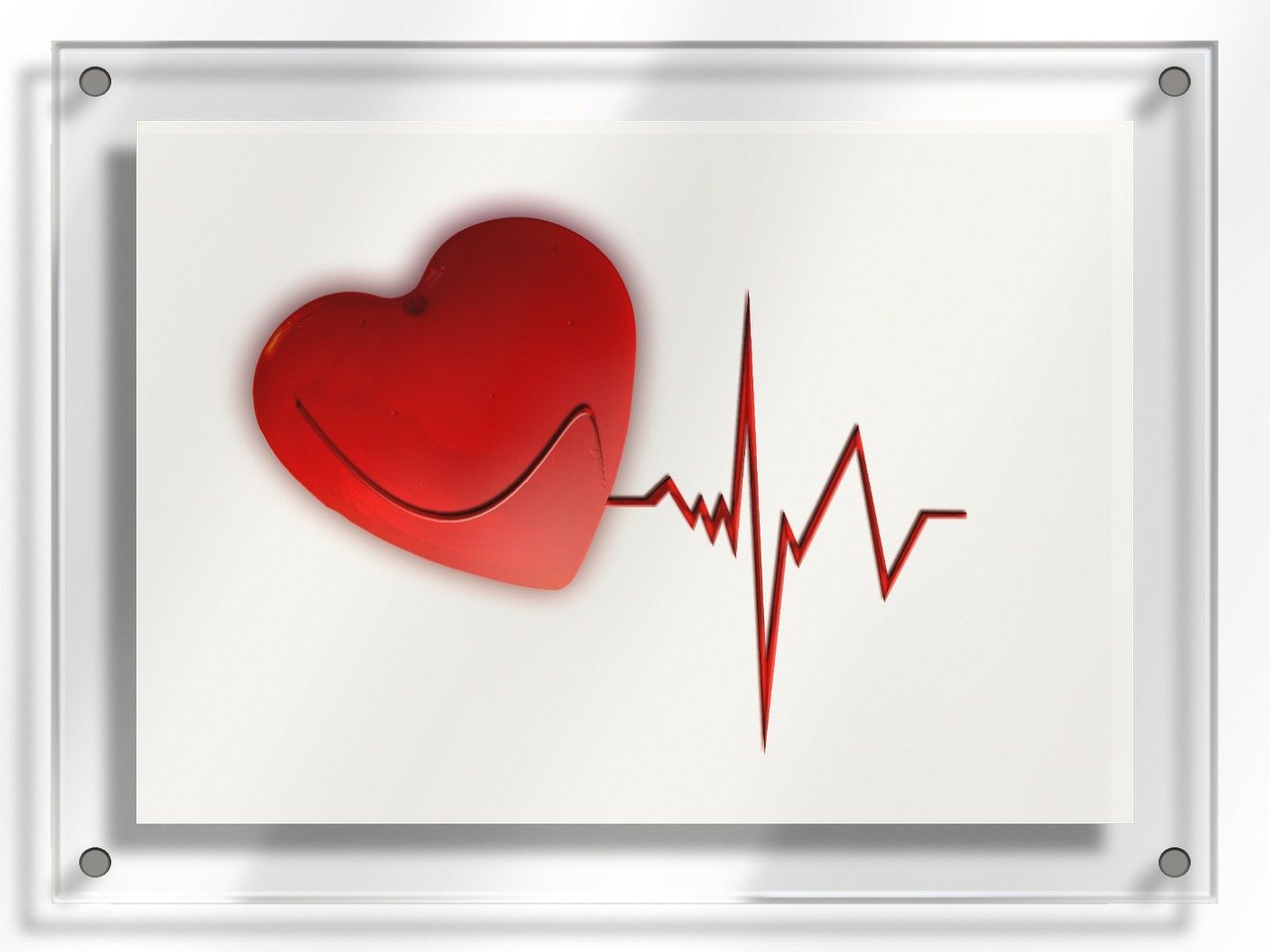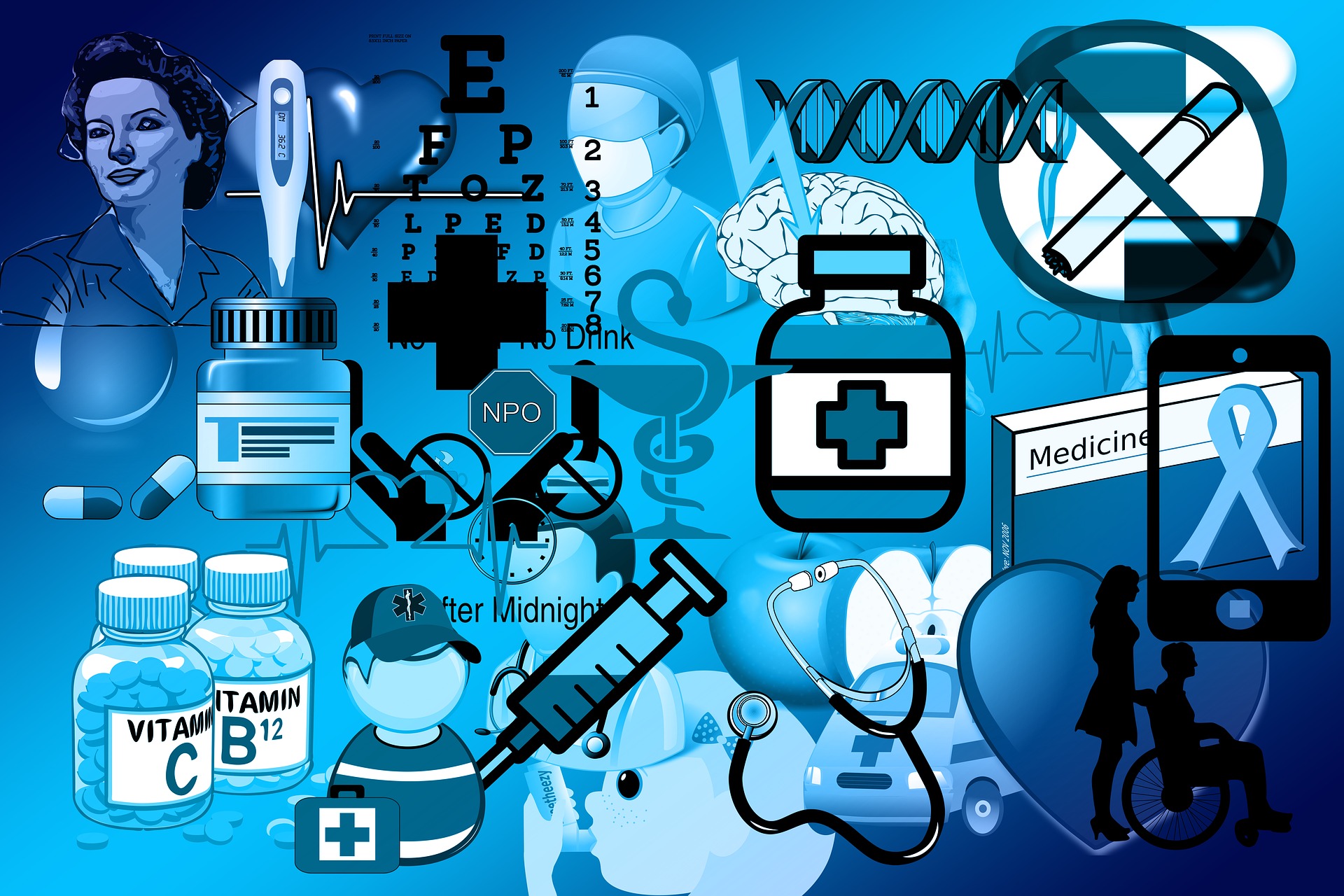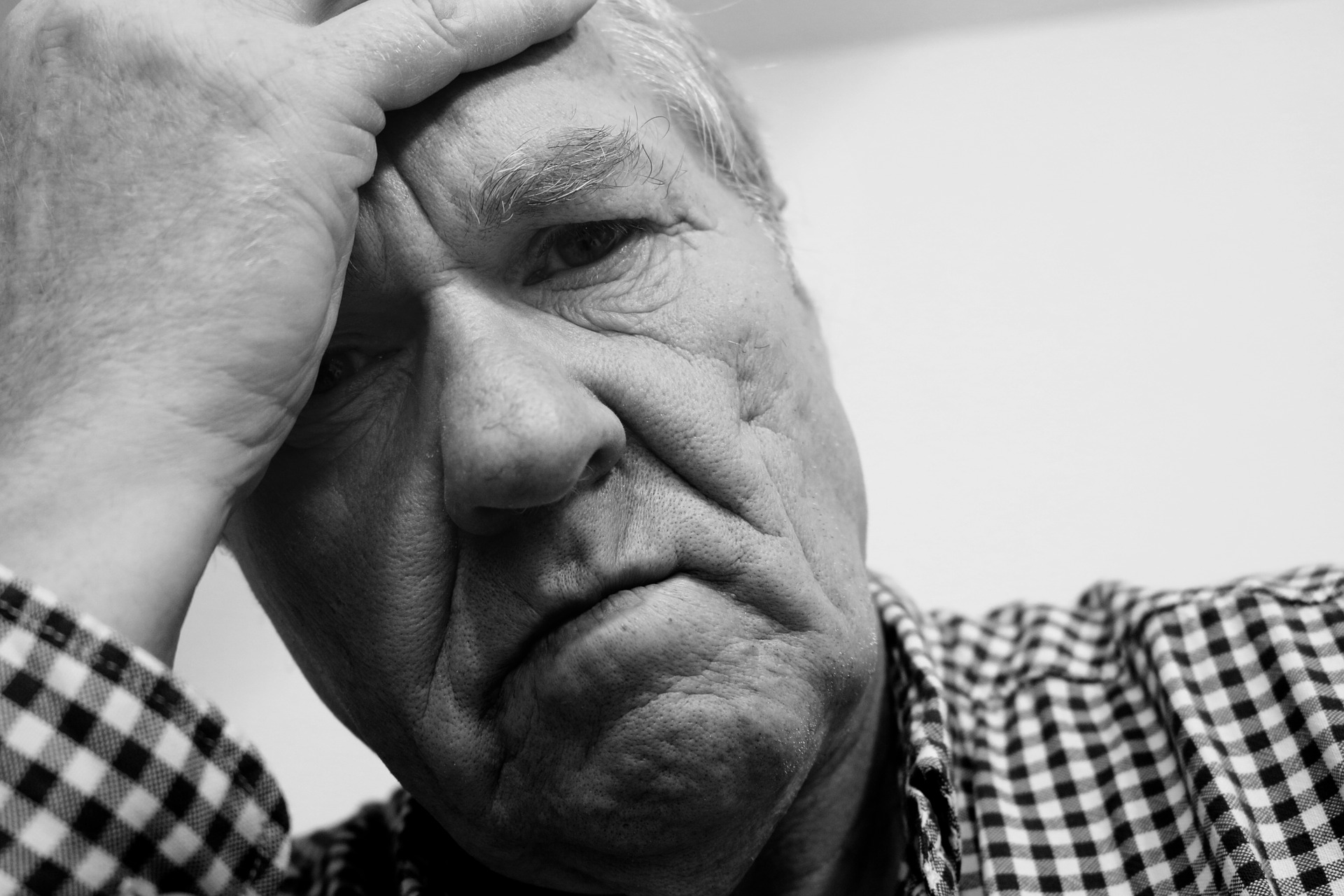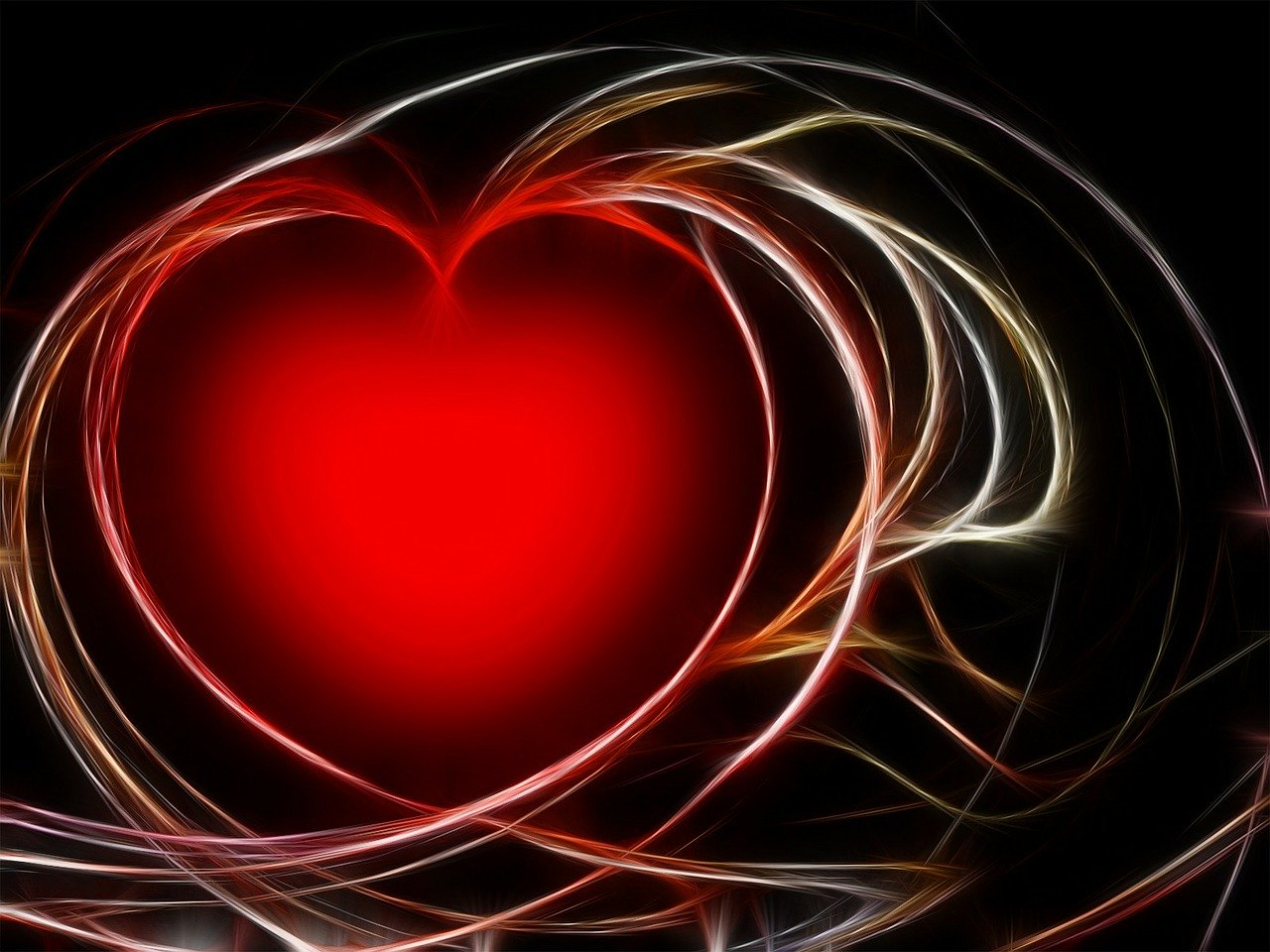brain stroke Symptoms
Overview
A stroke occurs when the blood supply to part of your brain is interrupted or reduced, preventing brain tissue from getting oxygen and nutrients. Brain cells begin to die in minutes. A stroke is a medical emergency, and prompt treatment is crucial. Early action can reduce brain damage and other complications. The good news is that many fewer Americans die of stroke now than in the past. Effective treatments can also help prevent disability from stroke.
Symptoms
If you or someone you're with may be having a stroke, pay particular attention to the time the symptoms began. Some treatment options are most effective when given soon after a stroke begins.
Trouble speaking and understanding what others are saying.
You may experience confusion, slur your words or have difficulty understanding speech.
Trouble walking
You may stumble or lose your balance. You may also have sudden dizziness or a loss of coordination.
Headache
A sudden, severe headache, which may be accompanied by vomiting, dizziness or altered consciousness, may indicate that you're having a stroke.
Problems seeing in one or both eyes.
You may suddenly have blurred or blackened vision in one or both eyes, or you may see double.
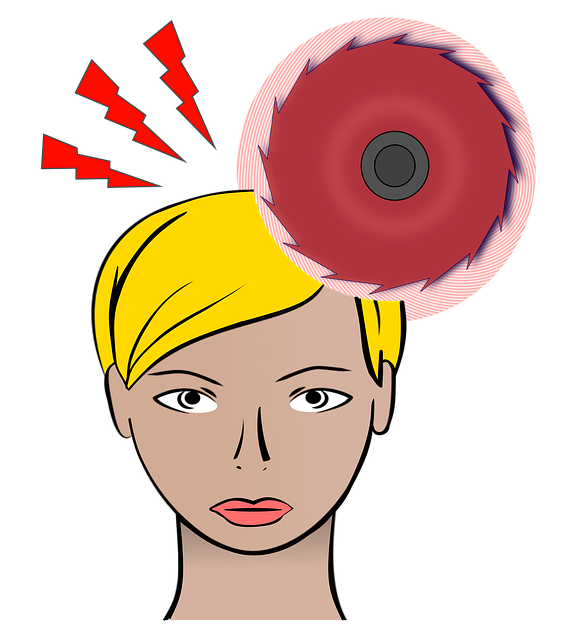
Paralysis or numbness of the face, arm or leg.
You may develop sudden numbness, weakness or paralysis in your face, arm or leg. This often affects just one side of your body. Try to raise both your arms over your head at the same time. If one arm begins to fall, you may be having a stroke. Also, one side of your mouth may droop when you try to smile.
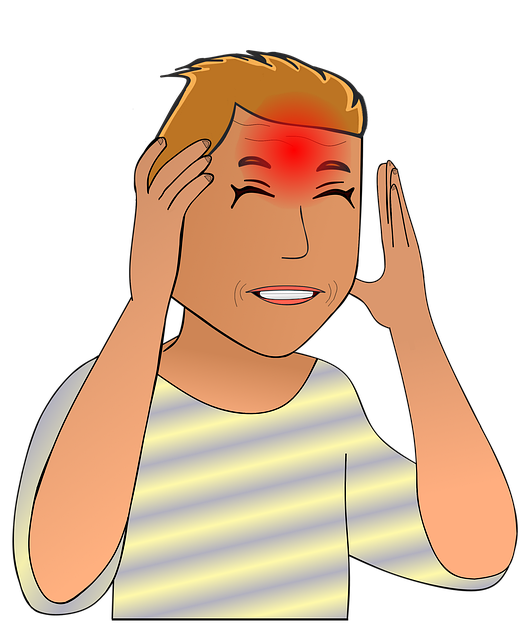
meningitis
